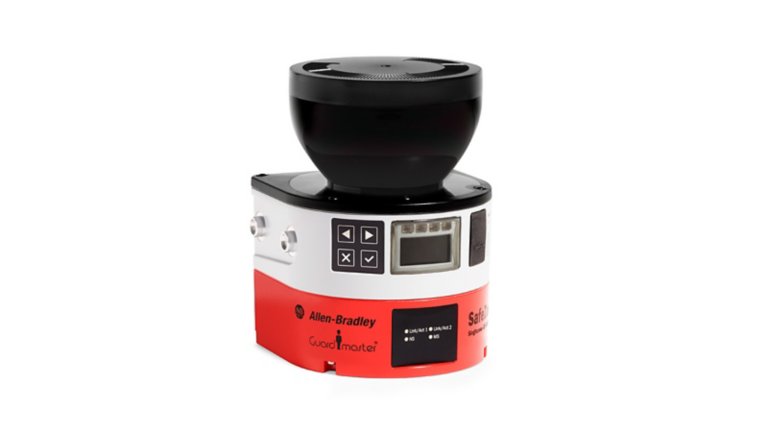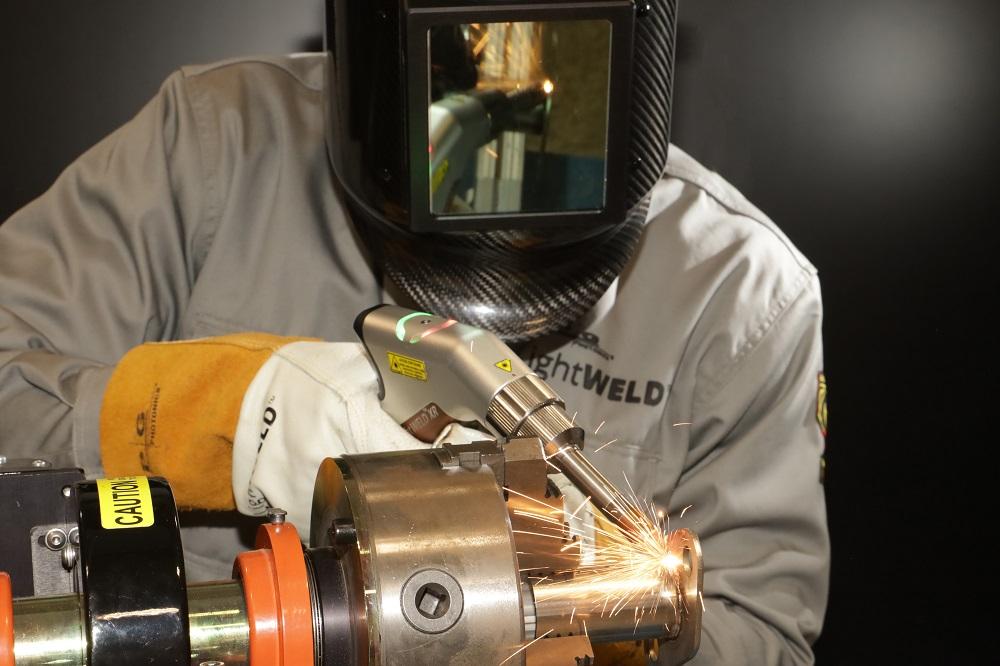Good Reasons On Deciding On A Safe Laser Device
Wiki Article
How Does Low-Level Safe Laser Therapy (Lllt), Help With Dental Issues?
Low-level laser therapy that is safe (LLLT) can aid in the treatment of various dental problems through several ways. Reduced Inflammation- LLLT can reduce inflammation through preventing the release of pro-inflammatory cytokines and promoting the creation of anti-inflammatory mediators. In the case of dental problems such as periodontitis and gingivitis, LLLT can help reduce inflammation of the gums and improve gum health.
LLLT can boost the rate of regeneration of tissues. It can stimulate cellular proliferation and metabolism. In dental procedures such as periodontal surgery or oral surgery, LLLT can help enhance the healing process and decrease post-operative discomfort.
Pain Relief - LLLT modulates pain perception by affecting nerve conduction and reducing the release of pain-related mediators like substance P. When it comes to dental procedures, LLLT can ease post-operative discomfort and sensitivity.
LLLT can be used to decrease the amount of bacterial matter in the mouth cavity. It is a great option to treat oral ailments like oral ulcers and the peri-implantitis process by encouraging the clearing of bacterial plaque and keeping infection from spreading.
Treatment of Temporomandibular Joint (TMJ). LLT can be used to decrease muscle tension, inflammation and jaw discomfort. It also assists with clicking and popping sounds as well as limited movement.
Oral Mucositis - LLLT reduces the severity of oral mucositis. Oral Mucositis can be an adverse effect of chemotherapy and radiation in cancer patient. It is able to ease pain and aid in healing of oral mucosal lesions.
Growth of healthy gingival tissue – LLLT has been shown to stimulate gingival fibrocytes. This promotes healthy tissue in the gingival. This is beneficial in treating gingival recession, or in encouraging attachment of gingival cells with dental implant.
In general Low-Level Laser Therapy by Secure Laser is a non-drug, non-invasive way to treat dental issues. It helps speed up healing, better treatment for pain and improved oral health. Before you use LLLT to treat dental problems you must consult with an expert dentist. They can provide a diagnosis and make treatment suggestions. Have a look at the most popular safe laser árak for website info including lágylézer készülékek, lágylézer árak, lágylézer kezelés budapest, lágylézer kezelés árak, orr lézer készülék, lágylézeres készülék, lágy lézer kezelés, safe laser bérlés, lágylézer kezelés budapest, laser hu and more.

How Can Low-Level, Safe Laser Therapy (Lllt) Be Used To Treat Ear Problems?
Secure Laser Low-Level Laser Therapy (LLLT) is able to assist with ear issues in various ways. For conditions like otitis externala (inflammation of the outer ear canal) or Otitis media (middle ear infection), LLLT can help relieve inflammation and the associated symptoms, such as swelling and pain.
LLLT helps relieve ear pain.
LLLT helps to promote healing of tissues by enhancing tissue repair. LLLT is effective in cases of eardrum inflammation or otitis perforations. It may help speed up tissue healing, while reducing the risk of complications and enhancing overall ear care.
Improved Blood Circulation LLLT improves vasodilation, microcirculation and the flow of blood to the ear. A better blood circulation is an effective way to deliver oxygen, nutrients, and healing substances to inflamed or injured tissues.
Tinnitus management - LLLT treatment has been investigated as a possible treatment for Tinnitus. Tinnitus can be characterized by ringing, buzzing, or humming within the ear. While it is unclear what LLLT works, it has been shown to increase blood flow, lessen inflammation, and ease tinnitus.
Reduced Earwax Buildup- LLLT could assist in softening and breaking down earwax (cerumen) buildup in the ear canal, facilitating its elimination and reducing the risk of ear blockage or infection. It is particularly helpful for those who have excessive earwax and those who suffer from earwax obstructure.
Safe Laser low-level therapy provides an uninvasive and drug-free approach to treating various ailments of the ear, while decreasing symptoms such as inflammation, pain and earwax. Talk to an ENT (ear nose, ear and throat) specialist for an accurate diagnosis of the condition and get advice on how to treat it. Have a look at the most popular safe laser bérlés for site tips including gyógyító lézer készülékek, laser kezelés, orr lézer készülék, lágylézer vásárlás, lágylézer készülék, lagy lezer, safe laser kezelés budapest, lágy lézer, lágy lézer vélemények, lágy lézer vélemények and more.

What Is The Time Frame For The Laser Device To Function On Acute Conditions?
Safe Laser's ability to relieve acute conditions may require a number of sessions, based on the intensity, response of each individual, and protocol prescribed by a medical professional. However, in many instances, individuals may start experiencing noticeable improvement within a few sessions of low-level laser therapy (LLLT) for acute conditions.For severe conditions, such as recently-injured, acute inflammation or sudden episodes of pain, LLLT can often provide immediate relief. In some instances, people may feel less swelling, pain and inflammation following one or a couple of LLLT sessions. For more lasting results However, it's best to have a series of LLLT treatment sessions spread out over time.
The precise number of LLLT sessions to treat acute illnesses can vary based on the severity of the symptoms as well as particular factors like health and the response. Healthcare professionals usually adapt the treatment plan to the individual's specific needs and may require scheduling LLLT sessions several times every week for a specific time.
In order to maximize the benefits of LLLT for acute conditions it is important to follow the directions given by an expert medical specialist. Additionally, individuals may experience cumulative improvements with continued treatment over time. If you have any concerns or doubts about the treatment plan or the way it's progressing consult your physician.